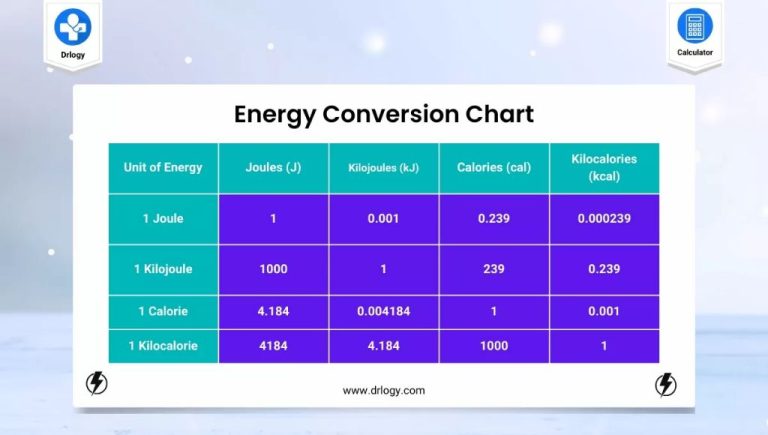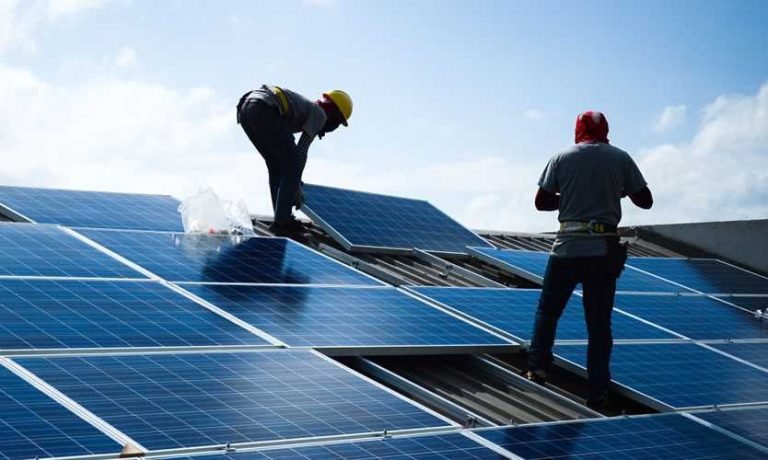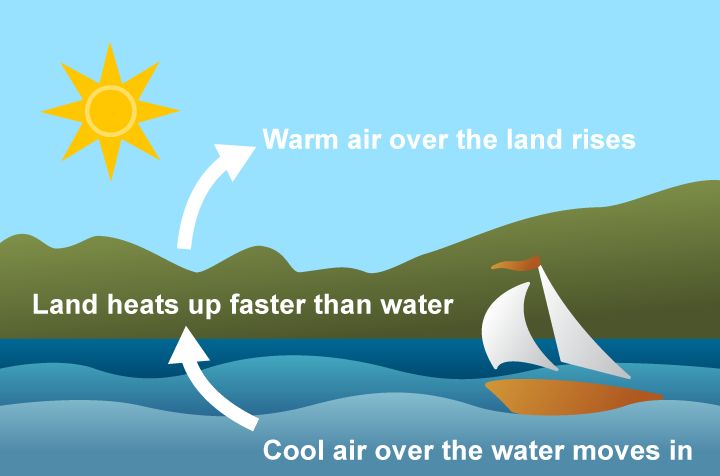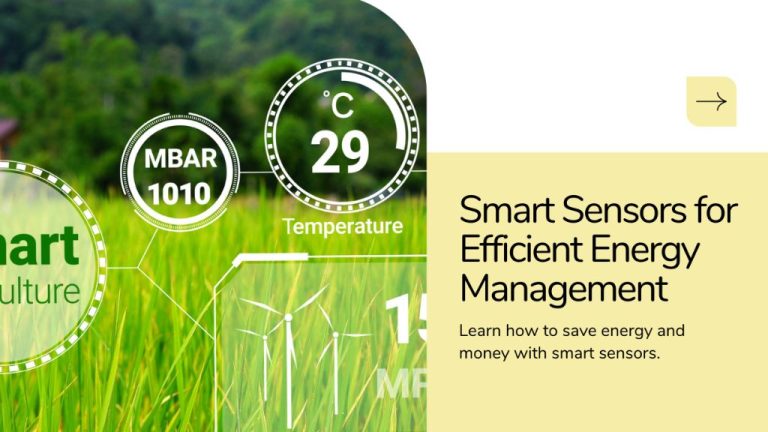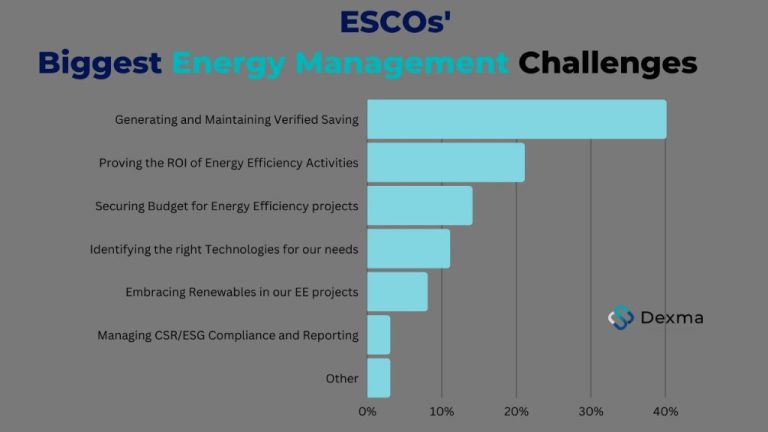Is Renewable Worth It?
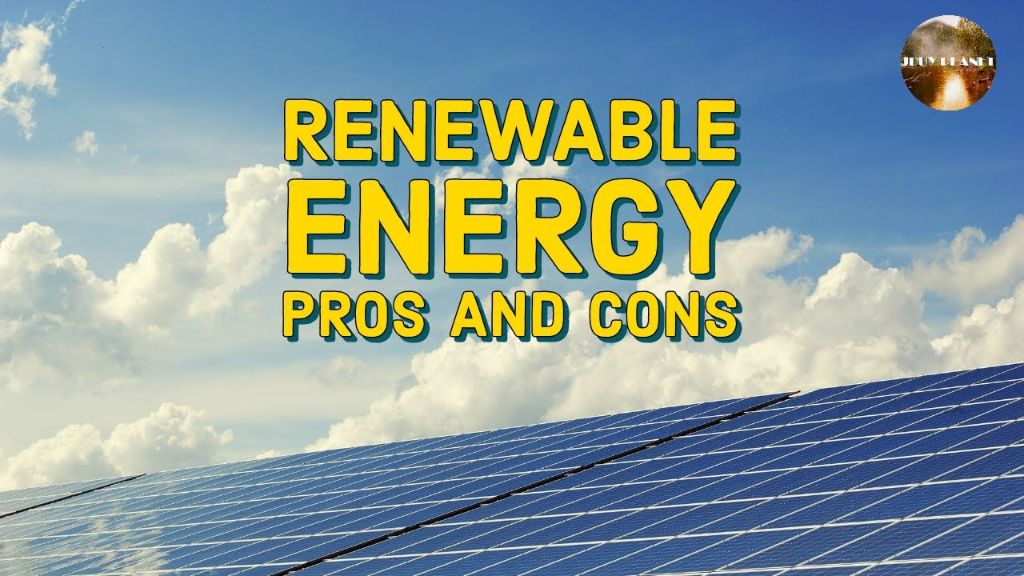
Renewable energy sources like wind, solar, hydroelectric, geothermal and biomass offer a wide range of benefits compared to fossil fuels. While renewable energy often involves higher up-front costs, it is worth pursuing because it helps fight climate change, creates jobs, and reduces dependence on coal, oil and natural gas.
This report aims to analyze the key advantages of transitioning to cleaner renewable energy and determine if the long-term benefits outweigh the short-term costs. Renewables have become more affordable and continue to get cheaper as technology improves. At the same time, relying on fossil fuels comes with major drawbacks like pollution, environmental destruction and volatile prices. There is a strong case that further investment in wind, solar and other renewables will pay dividends by providing energy that is better for people, the economy and the planet.
Fighting Climate Change
Renewable energy sources like solar, wind, and hydropower produce little to no greenhouse gas emissions compared to fossil fuels like coal and natural gas according to the UN (Renewable energy – powering a safer future). Transitioning to renewable energy is a key part of reducing greenhouse gas emissions and preventing the worst effects of climate change. The International Renewable Energy Agency found that renewables and energy efficiency could provide over 90% of the necessary reductions in energy-related carbon emissions (How to Transform Energy System And Reduce Carbon Emissions).
Job Creation
Transitioning to renewable energy sources like wind and solar creates more jobs per unit energy than fossil fuels according to the U.S. Department of Energy (DOE Report). In 2017, renewable energy jobs worldwide grew 5.3% surpassing 10 million according to the International Renewable Energy Agency (IRENA). The DOE reports clean energy jobs, including renewable energy jobs, grew 3.9% in the U.S. in 2021 adding 114,000 jobs.
Most renewable energy jobs are skilled and local requiring electricians, construction workers, engineers, manufacturing workers, and other professionals to build, operate, and maintain renewable energy systems. This results in job creation in communities where renewable projects are developed unlike fossil fuel jobs which are more concentrated in areas with reserves of coal, oil, and gas.
Energy Independence
Utilizing domestic renewable energy sources, such as wind and solar power, can reduce reliance on imported fossil fuels and improve U.S. energy independence (Energy Independence and Security – Energy.gov). In 2022, the U.S. imported approximately 8.47 million barrels of petroleum per day, accounting for about half of the petroleum consumed domestically (U.S. Energy Information Administration). Transitioning to renewable energy produced within the U.S. would reduce the need for imported oil and natural gas.
Greater energy independence improves national security by reducing vulnerability to global supply disruptions. It also strengthens the U.S. trade balance and economy by limiting spending on imported fossil fuels. According to the U.S. Energy Information Administration, the trade deficit in petroleum products was over $126 billion in 2021. Increasing domestic renewable energy production could keep billions of dollars in the U.S. economy rather than sending those funds abroad to pay for imported oil and gas (U.S. Energy Information Administration).
Public Health
Transitioning to renewable energy sources like solar, wind, geothermal, and hydropower provides significant public health benefits by reducing air pollution and related health problems. Burning fossil fuels for electricity, transportation, and heating are major contributors to air pollution, emitting fine particulate matter, nitrogen oxides, sulfur dioxide, mercury, and other toxins into the atmosphere. This pollution increases the incidence of asthma, lung cancer, heart disease, and premature death. Children and the elderly are especially vulnerable to these effects.
According to a Harvard study, increased use of renewable electricity in the U.S. could prevent thousands of premature deaths and lost workdays each year by reducing air pollution. The estimated monetary value of the health benefits from renewable energy is over $100 billion annually in the U.S. Using clean renewables for energy improves public health and quality of life.
Cost Competitiveness
Renewable energy costs have fallen dramatically in the last decade and are now competitive with fossil fuels. According to the International Renewable Energy Agency, between 2010 and 2022, solar and wind power became cost-competitive with fossil fuels even without financial support. The global weighted-average levelized cost of electricity (LCOE) from newly commissioned utility-scale solar photovoltaic (PV) projects fell by around 85% between 2010 and 2021.
The United Nations reports that the most competitive utility-scale solar PV projects are now regularly delivering electricity for just US$0.08 per kilowatt-hour (kWh) without financial support. This is cheaper than any new electricity capacity based on fossil fuels.
Costs are projected to continue falling as technology improves. The International Renewable Energy Agency predicts the global weighted average LCOE of solar PV and onshore wind could fall a further 60% by 2030. As renewable power becomes increasingly affordable, the economic case for transitioning away from fossil fuels grows stronger.
Sources:
https://www.irena.org/News/pressreleases/2023/Aug/Renewables-Competitiveness-Accelerates-Despite-Cost-Inflation
https://www.un.org/en/chronicle/article/how-renewable-energy-can-be-cost-competitive
Grid Resiliency
Adding distributed renewable energy sources like rooftop solar and small wind turbines makes the grid less vulnerable to outages. Unlike large fossil fuel plants that concentrate generation in just a few locations, renewable sources are spread out across communities. This decentralization limits the impact if any single power plant goes offline (Source 1). Renewable systems can also operate off-grid, providing emergency backup power when the main grid fails. The US Department of Energy notes that energy resilience is the ability to withstand and recover rapidly from disruptions, which renewable energy enables (Source 3). Studies by the National Renewable Energy Lab confirm the value of renewable energy for improving grid resilience as fossil fuels become less reliable (Source 2).
Rural Development
Renewable energy projects bring economic development opportunities to rural communities. According to the USDA Rural Development office, wind and solar projects are making a big impact in rural America by providing new income sources for farmers and landowners. The USDA provides grants, loans, and loan guarantees to help rural small businesses and farmers install renewable energy systems and make energy efficiency improvements (USDA Rural Development).
One way farmers can benefit financially is by leasing a portion of their land to wind and solar developers. The USDA’s Rural Energy for America Program (REAP) provides guaranteed loan financing for this purpose. As stated on the REAP site, “This program helps increase American energy independence by increasing the private sector supply of renewable energy and decreasing the demand for energy through energy efficiency improvements” (USDA REAP).
Limitations
While renewable energy offers many benefits, it also faces some limitations and challenges. One key limitation is intermittency – many renewable sources like wind and solar generate power inconsistently depending on weather and time of day. This intermittency requires substantial investment in storage solutions like batteries or pumped hydro in order to provide steady power supply (https://www.iea.org/reports/renewable-energy-market-update/challenges-and-opportunities-beyond-2021). The variability and unpredictable nature of renewable generation can make integrating high shares of renewables more complex for grid operators.
Another limitation is that despite rapidly dropping prices, renewable energy technologies can require high upfront capital costs. The upfront investment for a wind or solar farm is still greater than simply building a natural gas power plant. However, over the project lifetime, renewables have minimal fuel costs compared to fossil fuels (https://sustainablereview.com/challenges-in-renewable-energy/). Creative financing and policy support are helping drive down these costs and improve affordability.
Conclusion
In summary, transitioning to renewable energy has limitations but brings significant benefits that make continued investment and commitment worthwhile. Renewables help mitigate climate change, create jobs, provide energy independence, and improve public health. While costs are still higher than conventional sources, prices continue to fall dramatically. Renewables strengthen grid resilience and provide opportunities for rural development.
The faster we transition to renewables like solar, wind, and geothermal, the sooner we can realize these benefits on a global scale. Despite current limitations around intermittency and storage, renewable technology continues to rapidly improve. With the right policies and public-private partnerships, a renewable future is within reach. The environmental, economic, and social benefits make this clean energy transition a necessary and wise investment.

